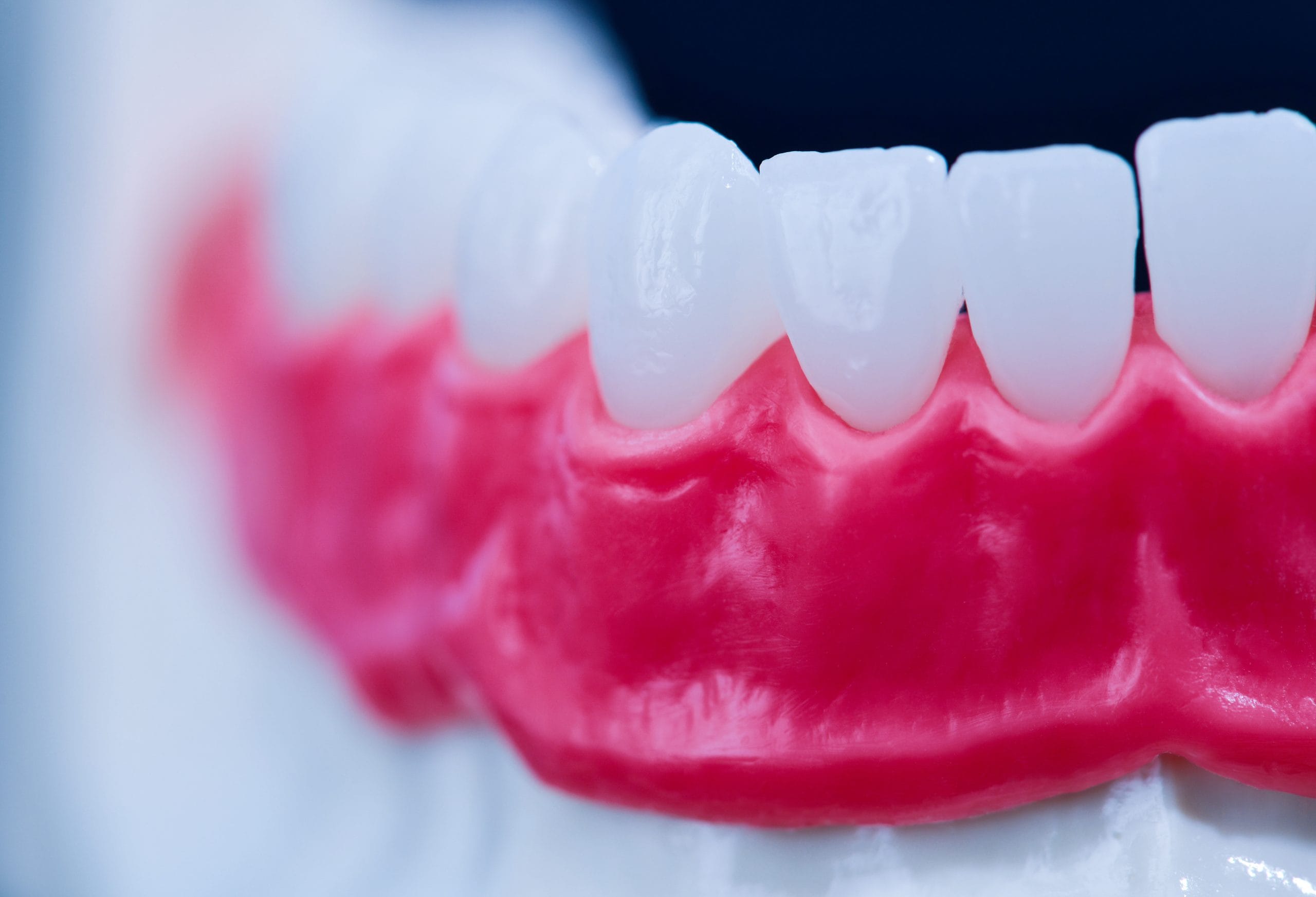Have you ever wondered why your gums feel swollen or bleed so easily? You might assume it’s from brushing too hard—but what if it’s a sign of something more serious? Periodontal disease, often called gum disease, is a prevalent oral health issue impacting nearly 21% of adults.
Understanding periodontal disease can help you recognize symptoms early, seek proper care, and safeguard your oral health. This article breaks down seven types of periodontal disease, offering insight into their symptoms, progression, and prevention.
What Is Periodontal Disease?
Periodontal disease refers to infections and inflammation of the gums and surrounding structures. When left untreated, these conditions can lead to gum recession, tooth loss, and even systemic health issues like cardiovascular disease.
Alarmingly, periodontal diseases are the leading cause of tooth loss among adults worldwide. The good news? Many forms of periodontal disease are preventable—or reversible—if caught early. Here’s what you need to know about the seven types of periodontal disease and how to protect your smile.
1. Gingivitis
Gingivitis is the earliest and most common stage of gum disease, caused by poor oral hygiene leading to plaque buildup. Symptoms include:
- Red, swollen, or tender gums
- Bleeding during brushing or flossing
- Persistent bad breath
The key takeaway? Gingivitis is reversible! Regular brushing, flossing, and professional cleanings can prevent it from progressing to more severe forms of periodontal disease.
2. Chronic Periodontitis
Chronic periodontitis is the most commonly diagnosed form of periodontal disease. It develops gradually when gingivitis goes untreated and leads to irreversible damage over time. Common signs are:
- Gum recession, exposing tooth roots
- Frequent gum bleeding
- Loose or shifting teeth
This condition can cause significant bone loss and even tooth loss if left untreated. While it progresses slowly, early intervention is crucial to limiting further damage.
3. Aggressive Periodontitis
Unlike chronic periodontitis, this form progresses rapidly and often affects younger adults. Aggressive periodontitis typically runs in families, suggesting a genetic factor. You will notice:
- Rapid gum recession
- Painful inflammation
- Intense bone destruction near the gumline
Early detection is essential as accelerated tissue and bone loss can lead to severe consequences without prompt care.
4. Periodontitis as a Manifestation of Systemic Diseases
Certain systemic conditions can significantly increase your risk of developing periodontal disease. Examples include:
- Diabetes
- Rheumatoid arthritis
- Heart disease
Symptoms often mirror those of chronic periodontitis but are frequently compounded by the underlying health issue. Treating the systemic disease and the periodontal conditions is vital.
5. Necrotizing Periodontal Disease
Necrotizing periodontal disease is a severe and painful condition characterized by death (necrosis) of gum tissue. It primarily impacts individuals with weakened immune systems, such as those with HIV/AIDS or undergoing chemotherapy. Patients will notice:
- Severe pain
- Ulcers and dying gum tissue
- A strong, unpleasant odour
This condition requires immediate medical attention due to its rapid progression and associated complications.
6. Gum Recession Due to Periodontal Disease
When periodontal disease is left untreated, it can lead to gum recession—a condition where the gumline visibly pulls back, exposing more of the tooth or its root. Gum recession is often accompanied by:
- Increased tooth sensitivity
- A “longer” appearance of teeth
- Higher susceptibility to cavities at the root
Gum recession also poses an aesthetic concern for many patients, making prevention and early intervention all the more important.
7. Periodontal Abscess
A periodontal abscess is a localized infection in the gums, resulting in a painful pocket of pus. It typically occurs due to:
- Advanced gum disease
- Foreign objects (e.g., food particles) lodged between the teeth and gums
- Poorly managed oral infections
Symptoms include:
- Severe pain
- Swelling around a specific part of the gum
- Pus drainage
This condition is acutely painful and often requires urgent treatment to avoid complications like tooth loss or the spread of infection.
How Can You Prevent and Treat Periodontal Disease?
While the seven types of periodontal disease vary in severity, they all share a common factor—prevention and timely care are essential. Here’s how you can protect your gums and overall oral health:
✓ Practice Good Oral Hygiene
Brush twice daily with fluoride toothpaste and floss regularly to remove plaque buildup.
✓ Visit Your Dentist Regularly
Routine cleanings and checkups can identify early signs of gum disease before they become severe.
✓ Maintain a Healthy Diet
Eat a balanced diet rich in vitamins and minerals to support gum health.
✓ Avoid Smoking
Tobacco use is a significant risk factor for periodontal disease. Quitting can dramatically improve your oral and overall health.
If you suspect you have periodontal disease, don’t delay seeking professional treatment.
Depending on the severity, treatment options may include:
- Deep cleaning (scaling and root planing)
- Antibiotic therapy to control infection
- Surgical procedures, such as gum grafts or pocket reduction surgery
Empower Yourself for Better Oral Health
Understanding the types of periodontal disease is the first step to taking control of your gum health. By recognizing the signs early and maintaining proper oral hygiene, you can prevent or keep these conditions from worsening.
If you’ve noticed symptoms or have concerns about your gum health, don’t wait. Contact Somerset Dental in Calgary to schedule an evaluation. Our team is dedicated to providing personalized care and helping you achieve a healthier, more radiant smile.
Have you experienced any symptoms of periodontal disease or successfully improved your gum health with specific methods? What steps do you take to maintain consistent oral hygiene, and have they made a difference in your overall gum health? Share your thoughts with our readers in the comments below.






Leave A Comment